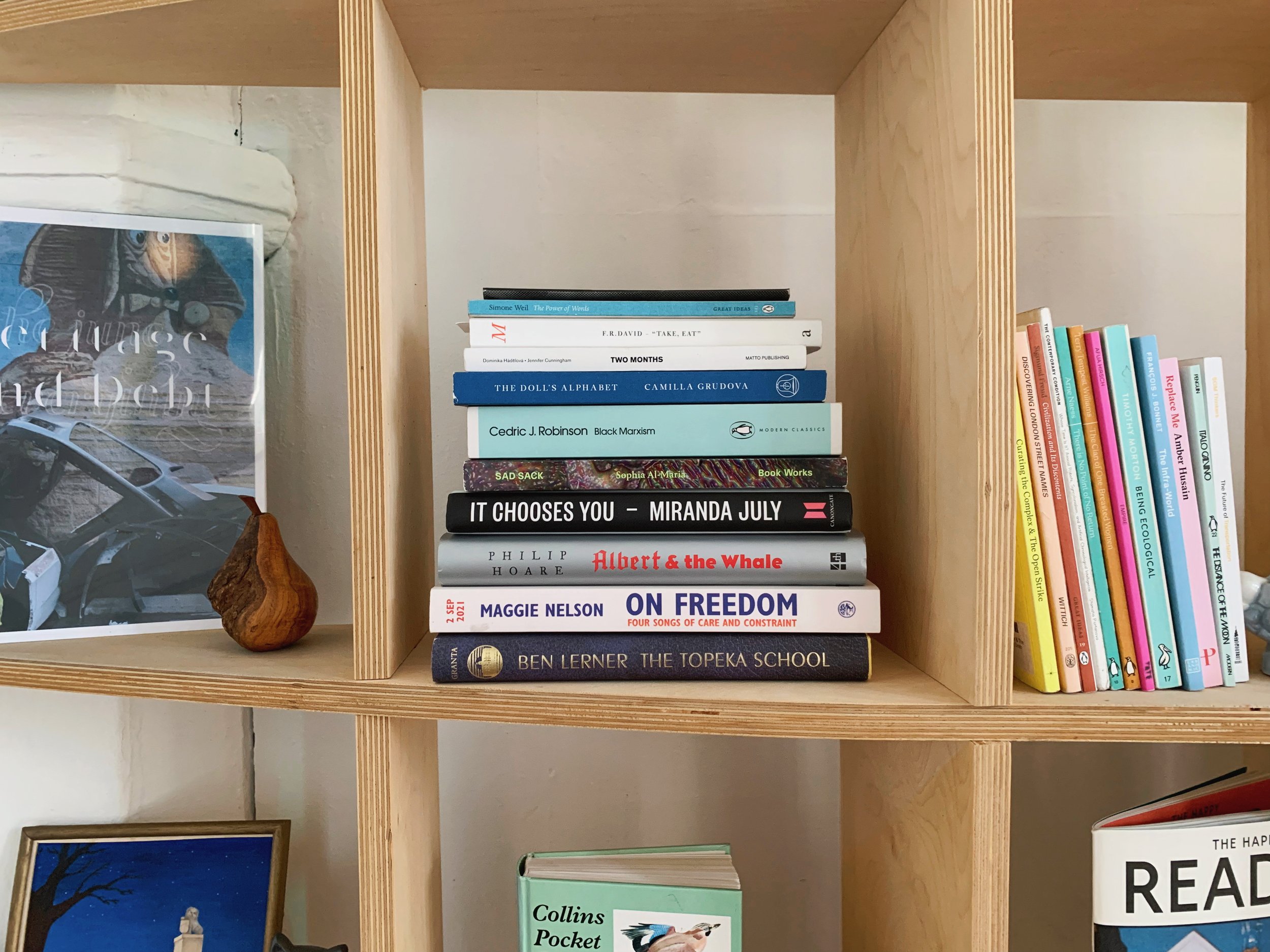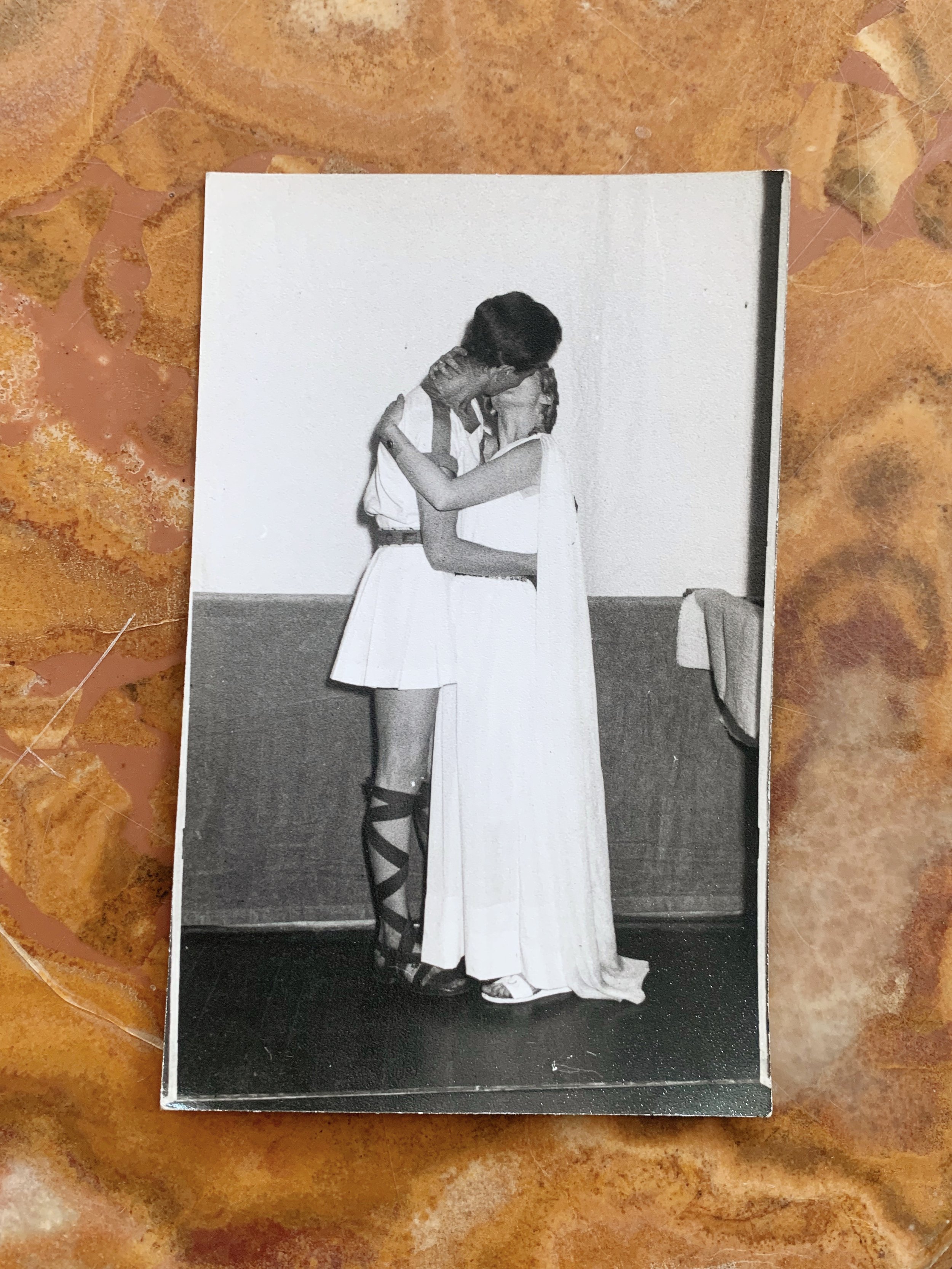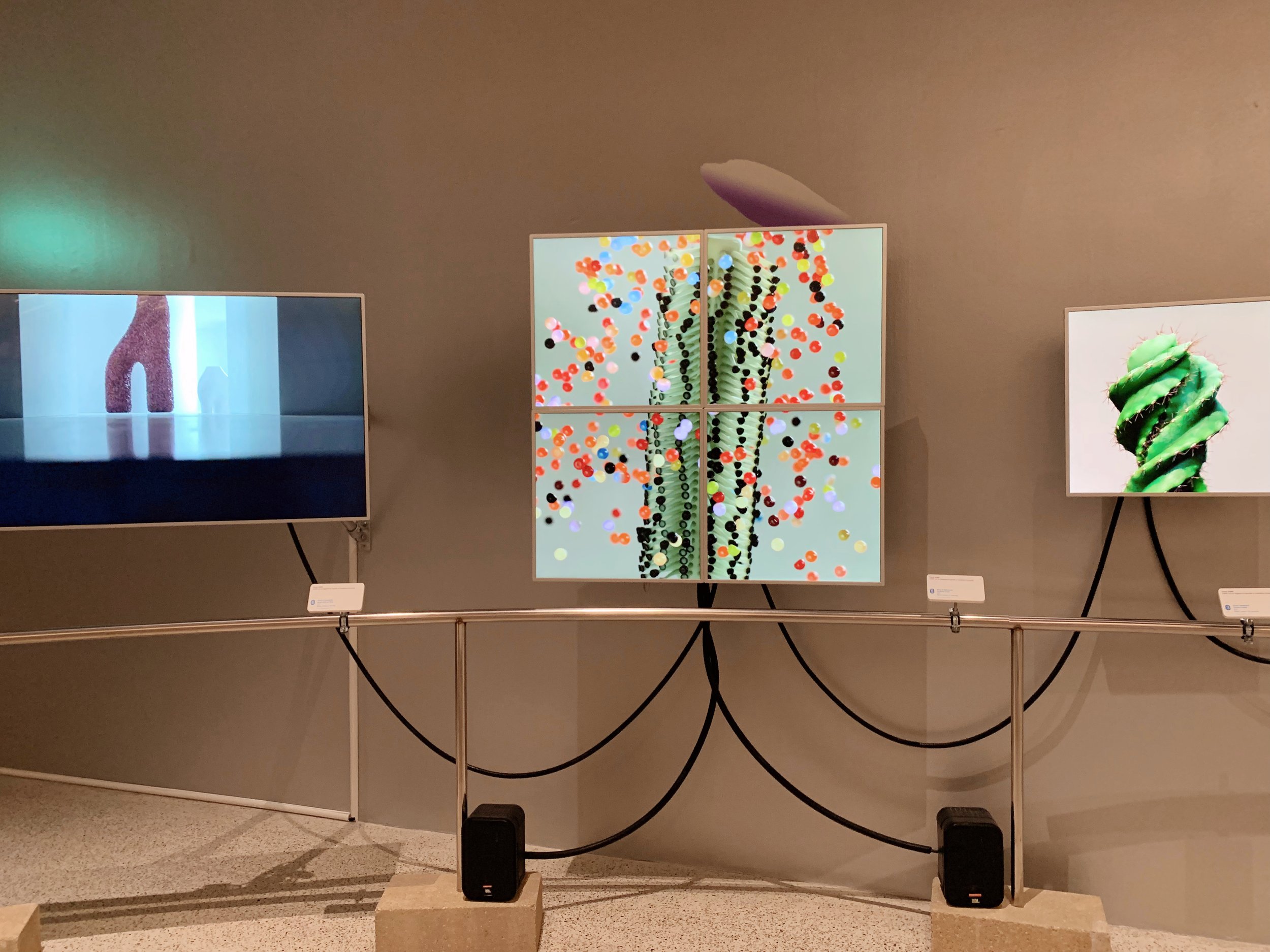Biennialization and hyperculture; the decolonization of time, dissolution of borders, reimagining of socioecological space, and plural flourishing of more-than-human dignity, or, the everywhere perennial of quotidian kindness and beauty.
Perry Shimon, MA Art & Ecology, June 2022
The major international durational and discursive survey of contemporary art is a variegated and contested site for the rehearsal of socioecological relations and cultural exchange becoming-commensurate with a scale of concerns responsible to an interdependent planet. Looking at particular situated instances of critical quinquennials, biennials and the like is an instructive practice for reimagining relationships to knowledge production, time, labor, place, education, and leisure, while identifying practices worth developing and reproducing, including the occasioning of ongoing symposia, performances, installations, libraries, and other forms of in person and online sociality, as well as online and print archives and publications.
As contemporary art, modeled on an eurocentric and market-driven approach, inextricably linked to colonialism, has reflexively included into its machinations an autocritical tendency as well as assimilating social and relational practices into the ocular-centric Visual Art Exhibitionary Complex (Terry Smith) and coevolving with the precaritization of labor resulting in the turn towards platform capitalism and the ever encroaching financialization and entrepreneurialization of all forms of life—particularly under neoliberalism, it has opened up durational occasions for critical reflection on the production of these practices through the extended biennial form, which has rapidly proliferated since the latter half of the 20th century and is characterized the production of live and discursive events which have unsettled the hierarchies of received exhibitionary teleologies—suggesting what Sianne Ngai formulates as the becoming-ergon of the parergonal discourse of evaluation.
The pedagogical turn in contemporary art, owing in part to internet-restructured forms of knowledge production, consumption and contestation in concert with the vocational exodus from the austere conditions of both academia and journalism, has further advanced the biennial as a site of discursive exchange and knowledge production, and often with a rigorous criticality articulated transversally through disciplines and contexts. Though perhaps more than transversal in effect, it is an articulation of a hyperculturality that ‘de-facticizes, de-materializes, de-naturalizes and de-sites the world.’ (Han, Hyperculture p79) distinguishing itself from the modern tendency of essentializing regional cultures—prerequisite for thinking trans- or inter- relationships to begin with. The peripatetic class of art elite is a conspicuously pronounced articulation of these effects that can also be readily observed in the hypermarket diversity of globally connected locales, and the windowed ontologies of tabular internet browsing.
In an ever-implicating globalized and interconnected world of collapsing distance and horizon, in the midst of cascading socioecological crises, we find an imperative to create and gather in de-virtualized social spaces for apprehending and addressing our mutual concerns. Additionally, the practice of this kind of (unevenly accessible) planetary being-with produces affirmative models for reimagining public space and relations, with an abundance of cultural offerings and the conditions for what we might call reparative sociality. What is abundantly clear in any conversation about this kind of exhibition-making, is the necessity to better distribute time so that the working class and precariat can participate in not only the concerned and aesthetically manifold sociality of this kind of exhibition-event but also, and more significantly, to determine the use of their time towards the most meaningful relations and vocations in their lives.
The term ‘biennial’ has come to stand in for a spectrum of large-scale international durational exhibitionary happenings that occur with increasing volume around the world. It is a misnomer, as in many cases they happen with differing frequencies and the reference to the time between their presentations doesn’t begin to account for their qualities. I offer in its place the Seasonal International Contemporary Art Survey or SICAS. Seasonal connoting their time-bound durations and recurrent structure, and survey including the discursive function left out of the visually privileging exhibition.
The documenta, a quinquennial survey, is a useful case to sketch out some of the claims and potential horizons of the form. Inaugurated after the second world war in Germany to exhibit formerly censored ‘degenerate art.’ The documenta has grown over the subsequent 15 editions to rehearse a number of different formats, methods and modes of production and distribution. Enwezors 11th edition marked a significant departure from the occidental focus of previous editions and the general trend towards this format has occasioned differentiated forms of multilateral hybrid cultural exchange across the world. It was produced in 5 different locations with a range of artists included from global south, if not with familiar forms dedicated by market and convention. Coterminously, roving SICAS like Manifesta moved east to peripheral European contexts and a host of SICAS in the global south endeavored to focus on concerns outside of or resisting Euro-North American chauvinism, including Sao Paulo, Dhaka, Istanbul and Havana.
SICAS are highly variegated in their production and distribution and have justly been criticized for their neoliberal dispositions, interventionism, easy compatibility with tourism initiatives and at times collusion with oppressive state apparatuses, and less directly—though not unrelated—neoliberal expansion in the deregulatory, restructural modes outlined in Keller Easterlings Extrastatecraft. The twin engines of deregulation and art-washed beautification are often a solicitation to capital or deflection of state violence. This compromised state, which has been well documented by critical historians like Charles Green, Anthony Gardner, Maria Hlavajova, Simon Sheikh and many others, does not obviate the potential horizons of these survey-forums, which are likely immeasurable in their impact. Simply looking at one documenta, especially one located in multiple cities, for 100+ days of live events, installations, screenings, publications, and so on, demonstrates the impossibility of the apprehension and synthesis of the event which is experienced in so many ongoing, unfolding, anasynchronous ways, as well as through the tertiary and further refracted speculative possibilities collaborated with what Filipa Ramos terms the absent spectator.
An inventory of the constituent elements required for occasioning art with the capacious, partial and fugitive definition offered here, can most basically be understood as subjects, objects and time, the latter of which is of primary concern and where I locate the stakes of this thesis. This broad understanding of art invites the open question of conditions favorable to art. A city like London, where I’m currently residing, has in excess, many of the qualities favorable to art and the offerings one encounters in SICAS; namely the ongoing superabundance of social, aesthetic and discursive events. It suffers from an austerity of time among the working class and precariat and simultaneously an excess or wealth among the elite and more time-privileged, for whom it is impossible to enjoy the superabundance accumulated through the violent dispossessions and subjugations of colonial empire.
These themes are taken up recursively in many SICAS, which also tend to feature fertile interdisciplinary and transmedial assemblages that, to my mind, are without comparison. Arguably, the critical biennial is the site par excellence for explicitly redressing violent histories of power relations and rehearsing the otherwise. Here it might be useful to examine the word rehearse, which is popular in the contemporary art lexicon and in my usage connotes the preliminary suite of gestures towards the counter- or alter- hegemonic from, from which to build more lasting physical and social—or perhaps what Irit Rogoff calls spectral—infrastructures, that is to suggest, the habits of mind or axioms that condition and choreograph our relations.
Another infrastructure of great interest, that we might term deterritorialized, or perhaps simply a truly territorialized—in the broadest sense—infrastructure is e-flux, the central nervous system of the contemporary art world, not insignificantly started by artists, and holding some similar tensions of a market-dependent position seeking to overcome its contradictions and conditions towards a more sociologically just world.
Notes for Edgar,
Hey, just quickly put this together, still in the glow of the wonderful conference you’ve convened with Ofri and Murat. You can see towards the end where some of the thinking shared this weekend has found its way in…
I plan to elaborate some these core positions and focus on particular SICAS of note
Also bring in Graeber and Wengrow’s Dawn and perhaps Campagna’s cosmological thinking—tempering it with its western colonial legacies and contemporary excess of what we could call financialized planetary technocracy—to look at dispositions towards cosmological openness and how that sometimes feels welcome in SICAS. I’m calling this cosmological promiscuity.




































































































































































































































